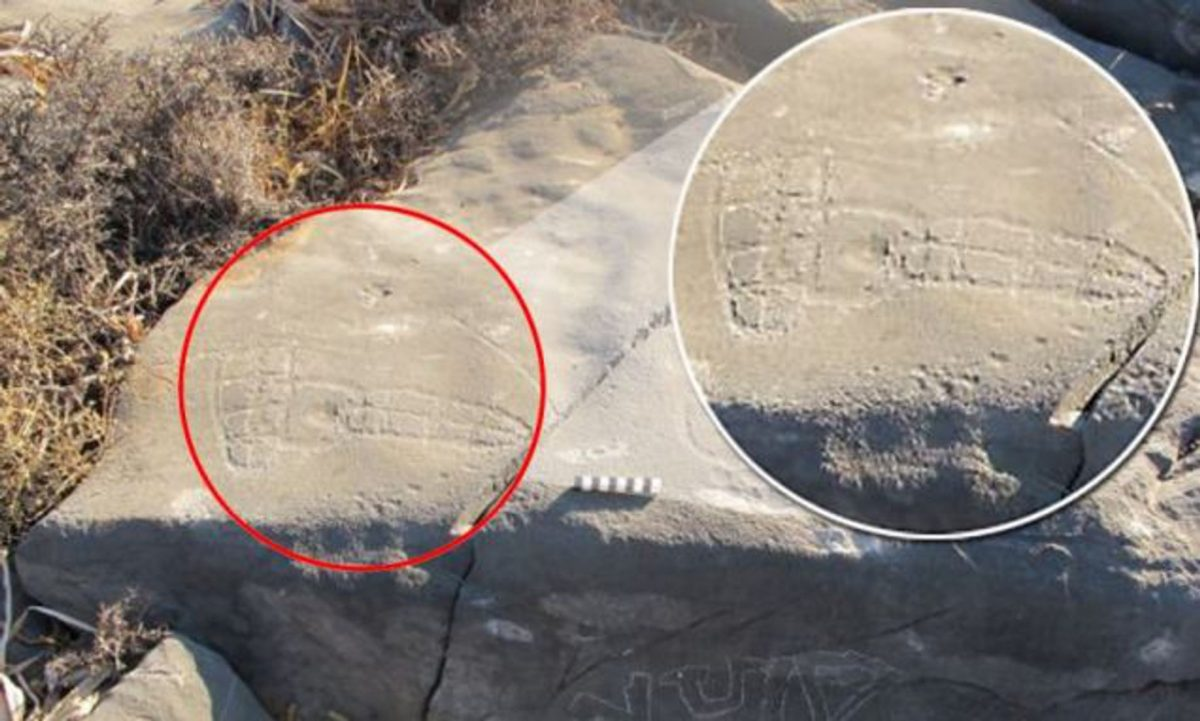In 2014, an extraordinary archaeological find on the remote Greek island of Astypalaia, nestled within the Dodecanese archipelago, unveiled one of the world's oldest examples of erotic graffiti. Discovered by Professor Dr. Andreas Vlachopoulos, a specialist in prehistoric archaeology, this remarkable find sheds light on the intimate aspects of daily life in Ancient Greece.
The discovery, comprising a pair of phallus carvings dating back to the 5th century BCE, alongside a proclamation of sexual conquest from the 6th century BCE, marks a significant milestone in the study of ancient cultures. These intricately carved inscriptions, etched into a limestone outcropping on the island's windswept peninsula overlooking Vathay Bay, provide a unique glimpse into the private lives of ancient Greeks.
The world's oldest erotic graffiti has been found in Greece and this is what it looks like: http://t.co/emoe73ldrQ pic.twitter.com/JNpMkIPTgD
— Digg (@digg) July 7, 2014
Despite the absence of taboos surrounding same-sex relationships in ancient Greek society, the explicit nature of these inscriptions is indeed rare. Professor Vlachopoulos, upon making the discovery during a routine tour with his students, described the inscriptions as "monumental in scale," underscoring their significance in understanding ancient sexual practices.
Carved prominently into the rock, the inscriptions reveal the names "DION" (ΔΙΩΝ) and "Nikasitimos was here mounting Timiona" (Νικασίτιμος οἶφε Τιμίονα), situated 52 meters above sea level. These declarations not only express sexual desire but also provide insight into the act itself, offering a rare glimpse into the intimate interactions of ancient Greeks.
Moreover, the graffiti showcases the level of literacy prevalent during this period, predating the construction of iconic landmarks like the Acropolis in Athens. Crafted in the Greek alphabet, the inscriptions exhibit a style known as "rustic," popular during the 6th and 5th centuries BCE. The expert craftsmanship displayed in the carving suggests that literacy extended beyond the realm of scholars to include ordinary island residents.
Perhaps most astonishing is the resilience of these erotic rock carvings, which have endured millennia of exposure to the elements, including weather and erosion from the sea. Their survival underscores the enduring nature of human expression and the timeless allure of exploring the depths of ancient history.
As a testament to the rich tapestry of human experience, these ancient graffiti serve as a reminder of the universality of human desires across time and culture. Through their discovery, scholars and enthusiasts alike are granted a rare opportunity to peer into the intimate world of ancient Greece, where love, desire, and passion found expression in the enduring art of graffiti.







